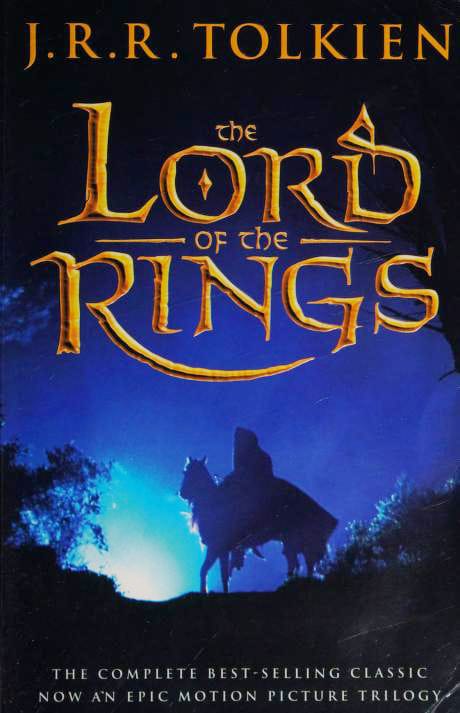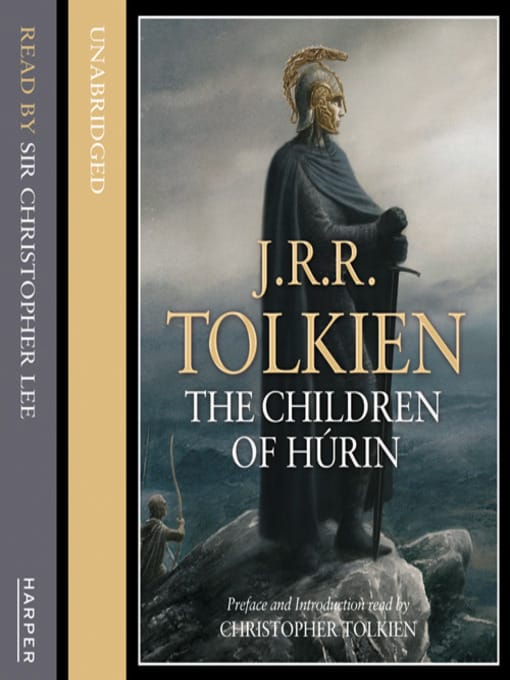Exploring Dinotopia: James Gurney’s Timeless Dinosaur Utopia
Discover James Gurney’s Dinotopia—an illustrated utopia where humans and dinosaurs live in harmony. Explore its origins, themes, art, and enduring legacy.

Introduction to Dinotopia: A World Where Humans and Dinosaurs Co-Exist
In 1992 illustrator and author James Gurney invited readers on a once-in-a-lifetime journey to a hidden island where towering brachiosauruses stroll beside Victorian-clad inventors and pterosaurs share sky lanes with hot-air balloons. "Dinotopia: A Land Apart from Time" combined meticulous paleo-art with classic adventure storytelling, quickly becoming a cultural touchstone for dinosaur enthusiasts, fantasy lovers, and art students alike. Over three decades later, the spell of Dinotopia remains unbroken, continuing to inspire films, games, museum exhibits, and, most importantly, imaginations.
The Origin Story: How James Gurney Dreamed Up Dinotopia
Before Dinotopia, James Gurney had already earned acclaim painting National Geographic reconstructions of ancient civilizations. While traveling through the Mediterranean in the late 1980s, his sketchbooks filled with ruined temples and seaside cliffs started sprouting playful doodles of parasaurolophus wearing saddles and apatosaurus hauling cargo. Gurney merged his love of archaeology, classical exploration novels, and natural history into a single concept: a lost continent where dinosaurs never went extinct and evolved a peaceful society with shipwrecked humans.
Unlike many fantasy worlds developed collaboratively by committees, Dinotopia grew from Gurney’s solitary brushstrokes. He designed every street sign, postage stamp, and dinosaur saddle to ensure the civilization felt functional and lived-in. This obsessive world-building, supported by oil paintings reminiscent of 19th-century Hudson River School masters, gave the first Dinotopia volume a credibility seldom seen in children’s literature.
Plot and Setting: A Land Apart From Time
The original story follows scientist Arthur Denison and his twelve-year-old son Will after their ship capsizes in 1860. Rescued by dolphins and ferried to Dinotopia’s shores, they discover a multilayered society divided into sun-dappled rain forests, sandstone canyons, and gleaming cliff-side cities like Waterfall City. Humans and dinosaurs share a common language—saurian glyphs—and abide by a code that values harmony, scientific curiosity, and environmental stewardship.
Readers witness Will training as a skybax rider, Arthur exploring subterranean caverns with talkative stegosaurs, and both protagonists confronting mysteries such as the long-silent World Beneath. More than action set pieces, each vignette functions as a travelogue entry, letting readers page through field guides, maps, and journal sketches that blur fiction and non-fiction.
Themes and Philosophy: Utopian Without Being Utopian
On the surface, Dinotopia appears purely idyllic, yet its philosophy is surprisingly pragmatic. The island operates on principles dubbed "The Dinotopian Way," emphasizing respect, community decision-making, and ecological balance. Conflicts do arise—rogue tyrannosaurs, volcanic threats, cultural misunderstandings—but they are met with collective problem-solving rather than conquest.
This optimistic approach has earned Dinotopia comparisons to Sir Thomas More’s original "Utopia" and the eco-centric fiction of Ursula K. Le Guin. Educators frequently use the books in classrooms to spark discussions about sustainability, cooperation, and the ethical treatment of animals. By presenting a functioning multi-species democracy, Gurney challenges readers to rethink real-world societal norms.
The Art: Oil Paintings That Bring Dinosaurs to Life
If the narrative provides Dinotopia’s skeleton, Gurney’s paintings give it flesh and color. Each page resembles a museum diorama: sunlight filtering through cycads, skin textures rendered so vividly you can almost feel the warm scales. Gurney combined traditional plein-air landscape techniques with dinosaur anatomy studies from paleontologist Jack Horner, ensuring scientific plausibility.
The influence of classical painters—Frederic Church, J. M. W. Turner, and even Norman Rockwell—shines through. Dramatic lighting conveys the awe of giant creatures while subtle human gestures communicate familiarity and trust. This careful balance between wonder and realism makes Dinotopia accessible to readers of all ages.
Legacy and Adaptations: From TV Miniseries to Theme Park Rides
Success bred expansion. Sequels like "The World Beneath" (1995) and "First Flight" (1999) deepened the lore, while ABC’s 2002 live-action miniseries introduced millions more to the brand. Though the adaptation condensed plotlines, it preserved the core message of coexistence. Animated specials, a point-and-click PC game by Turner Interactive, and even a Universal Studios theme-park proposal further testify to Dinotopia’s cross-media appeal.
Beyond entertainment, Dinotopia impacts real-world science communication. Museums worldwide host traveling exhibits of Gurney’s original canvases, pairing them with fossil displays to engage younger audiences. Paleontologists cite the series as a gateway that nudged them toward their careers, proving that fiction can influence fact.
Experiencing Dinotopia Today: Where to Start
New readers should begin with the 20th-anniversary edition of "Dinotopia: A Land Apart from Time," featuring restored color plates and fold-out maps. Audiobook versions, narrated with ambient jungle sounds, provide an immersive alternative. Art students may explore Gurney’s companion volume "Imaginative Realism," which dissects his painting process and offers behind-the-scenes glimpses of clay maquettes and custom dinosaur puppets used for lighting reference.
Collectors can hunt for out-of-print trading cards, limited-edition sculptures, and the beautifully crafted "Dinotopia: The Official Map and Guide," which functions as both a reference and a decorative poster. Meanwhile, social media communities on Reddit and Discord host fan art contests and role-playing campaigns, keeping the island’s culture vibrant.
Why Dinotopia Still Matters
In an era dominated by dystopian blockbusters, Dinotopia’s gentle optimism feels revolutionary. It reminds us that technology and nature need not be adversaries and that diversity—whether human or saurian—can be a strength rather than a fault line. Its enduring popularity underscores a collective hunger for stories that inspire cooperation over conflict.
Moreover, Dinotopia proves the value of interdisciplinary creativity. Gurney’s fusion of science, fine art, and storytelling shows that educational content can be visually arresting and emotionally rich. Aspiring world-builders can study Dinotopia as a blueprint for crafting believable yet aspirational universes.
Conclusion: A Never-Ending Expedition
Standing on the Skybax landing platform overlooking Waterfall City, one realizes that Dinotopia is more than a children’s book—it is an ever-evolving invitation to imagine better worlds. Whether you approach it as an art showcase, a philosophical manifesto, or simply a thrilling adventure, James Gurney’s dinosaur utopia rewards every curious traveler. So grab your field journal, learn a few saurian glyphs, and set sail; the island’s sun-lit cliffs and friendly triceratops guides await.



